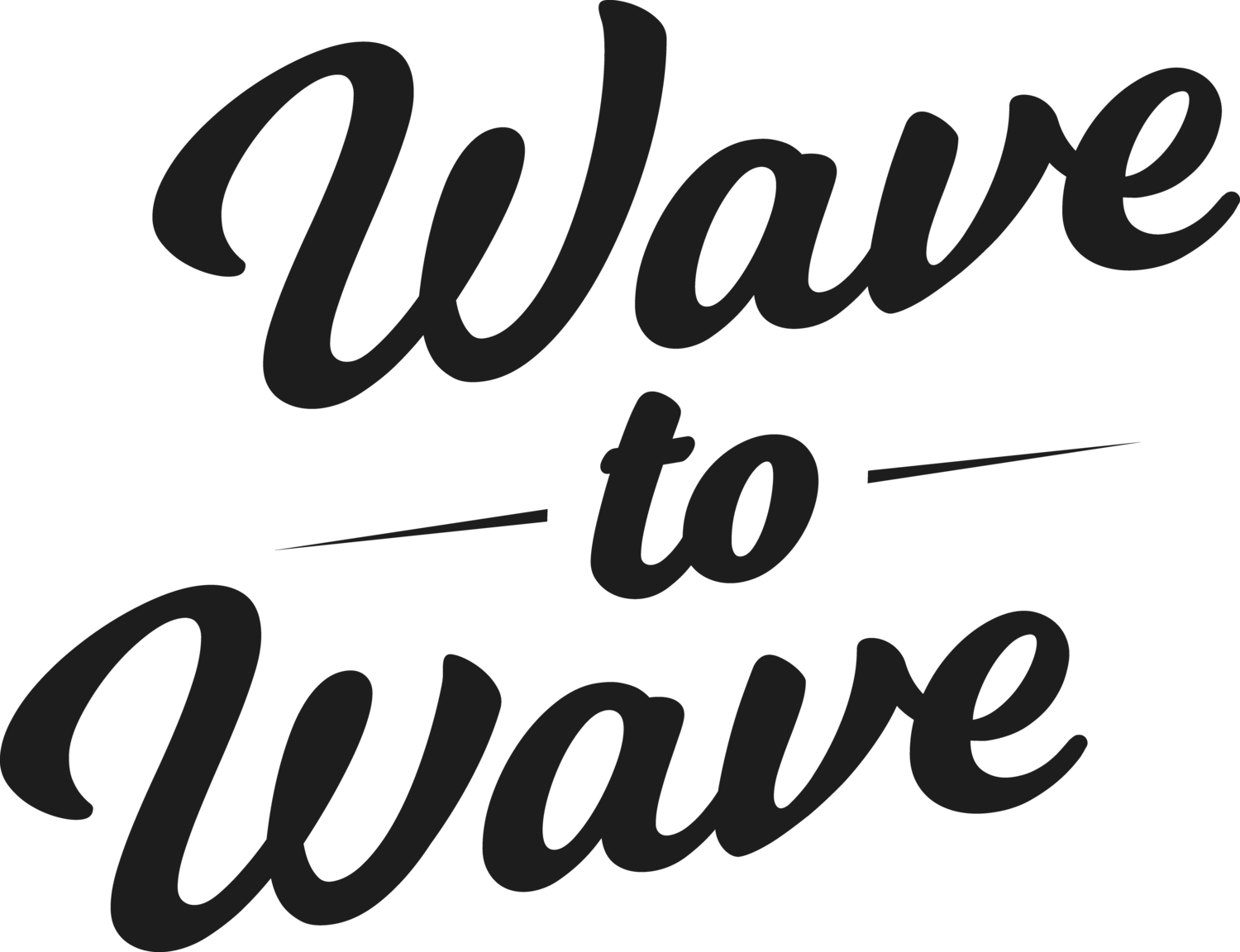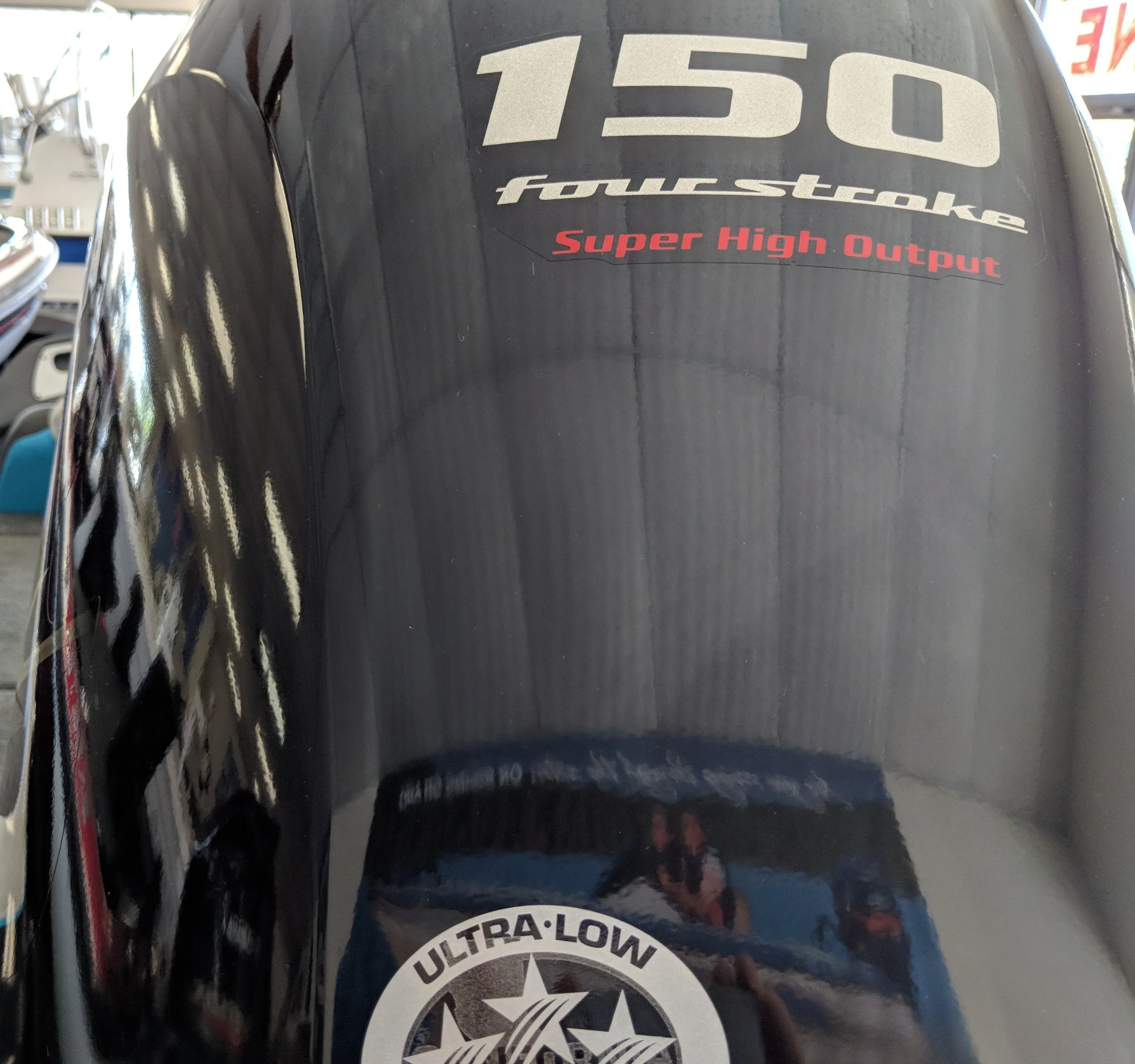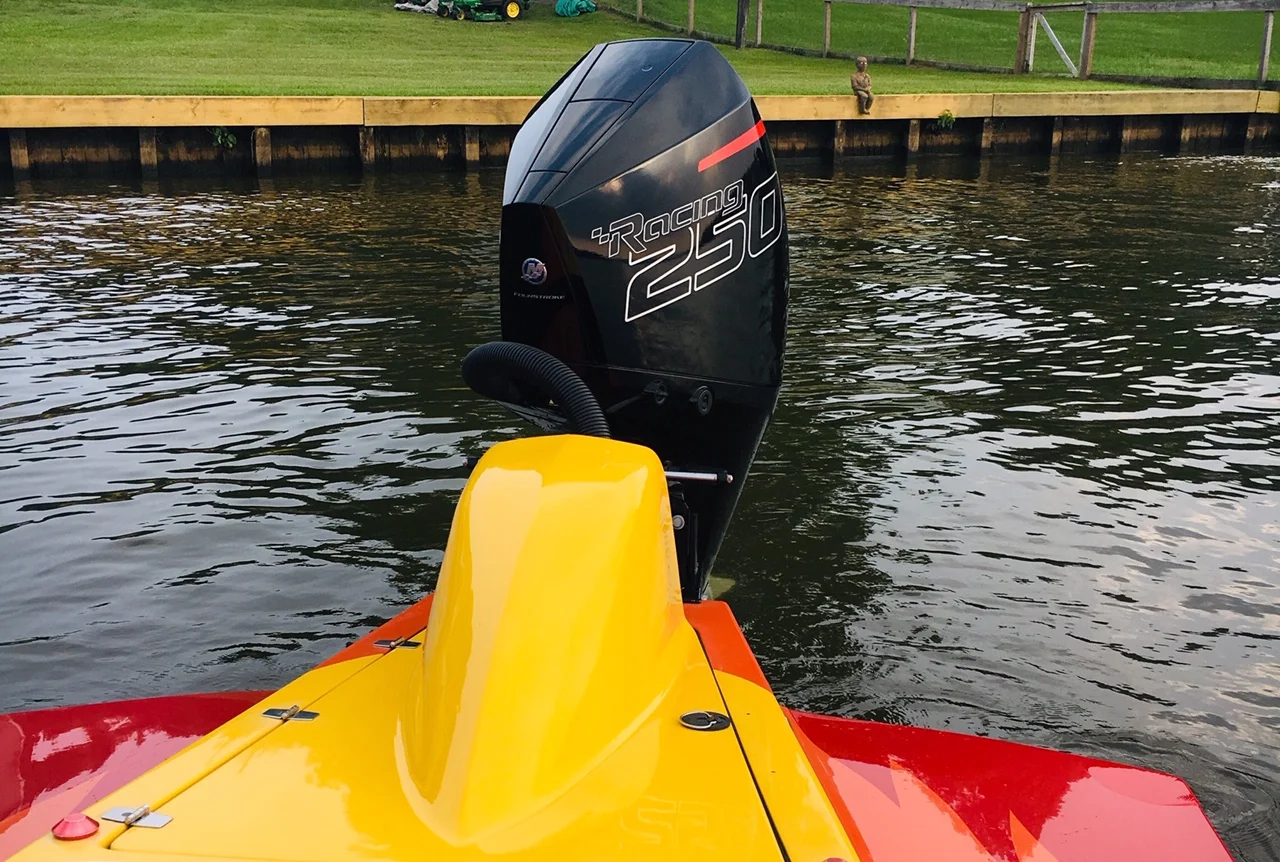Gears: A Cog in the Wheel
Sometimes people have a difficult time with props and they wonder if changing gear ratios is the solution or even possible. Often the question asks if changing propellers is essentially the same as changing gears, it is not. Here’s why.
Gears are fixed, props are variable. Higher pitch props are harder to spin, and are less efficient as you go higher in pitch, and in some cases have a negative effect on handling. Obviously there are other factors for propeller performance, but generally speaking, the higher in pitch you go, the more drawbacks there are. Additionally, the greater the pitch, the worse your hole shot and mid-range acceleration will be, again, depending on your setup. With the advent of four stroke outboards, manufacturers seem to be over compensating by offering new outboards with lower gears. The problem with this practice is you end up being forced to use higher pitch props, which can hurt performance.
With outboards, you sometimes have a choice of gears, but now it is more rare to have a choice, unless you have a Mercury Racing product. Sterndrives usually have more options for gears. In the case you have a choice, there are a few things to consider.
Mercury Racing, like this XR Sportmaster, and aftermarket sterndrive makers usually offer 2 or 3 different ratios to serve multiple applications. I wish outboards offered the same selection.
For a custom application, you want to find where your engine makes its most usable power, and its maximum RPM range. Typically, you can find dyno results online with popular engines, if your motor is custom built you have may have those numbers already. First, what kind of boat is it? Is it a lightweight pad bottom, or a heavy deep V? Second, what is the primary use, are you running this thing fast most of the time? 5000 RPM and more for sustained periods or are you running at cruising speeds with heavy loads? The reason the type of boat and how it is used is important is because generally, lighter more efficient boats can get away with running a taller gear (lower numeric gear ratio) without bogging the engine down. It is really simple, a lightweight efficient boat is easier to push than a heavy boat with lots of resistance.
What does this mean? Find where your engine is making its power most efficiently and match that up with how you’re using your boat so that you can use props within a specific pitch range. If you are having a hard time getting on plane and it takes a really high pitch prop to keep you in WOT operating range, then you could probably look at your gear ratio. (keep in mind, higher numeric is a lower gear). A 1.62:1 ratio means the engine cranks 1.62 times for every prop shaft rotation. With new outboards, you probably won’t have a choice in gears. Manufacturers would be wise to offer a choice because there are so many different types of boats using the same engines.
Gearcases
Mercury Racing is one of the few manufacturers offering gear ratio and gearcase selection.
By having a gear ratio that lets you use a prop that keeps your engine in it’s best power-band, where you run it the most, then you’re going to be more efficient overall. But, the biggest mistake is assuming a lower ratio (higher numeric) is going to give you a better hole shot; it's not necessarily. The reason is the prop gets you out of the hole more than the gear ratio. Since the gears are reducing, a lower gear means the propshaft will be spinning slower at max RPM, which means you’ll have a higher pitch prop, spinning slowly; both are negatives for efficiency. When in doubt, on an efficient hull, opt for the taller gear; that way you can run lower pitch props. This often means better acceleration, mid range efficiency and top end. Plus, not only will your prop be more efficient, but you'll have better prop selection as well.
Powerband
Find out where your engine makes its power as a guidline
So, yes, you can change your prop and change your operating range but if you’re running out of prop and bogging down at your cruising speed or you can spin big props too easily, you should consider changing your gear ratio. A popular adage is: - your prop will get you out of the hole, not your gears -. A high pitch prop will struggle out of the hole, and be less efficient overall.
You can get a better idea of how efficiently you are running by using a prop slip calculator like the one on the Mercury Racing site here, or by doing the math yourself.
Gear Ratio Example
As an example, imagine a prop pitch range you want to be in, let's say 25"
As an example, 10% slip, 1.75:1 ratio, 25" pitch propeller. Theoretical speed of 95 MPH.
If we adjust the ratio to 2.15:1, we see that a drastic change in pitch is needed
Theoretically, you would need 30" pitch to come close to the 1.75 ratio performance. In reality, the dynamics of the 30" prop would alter the overall performance drastically, acceleration would suffer and so would overall efficiency.
A fantastic source and mandatory reading for any performance boater is a book called Everything You Need to Know About Propellers produced by Quicksilver.
A quintessential guide to understanding propeller dynamics and setting up your boat.












